Ashley B.
Content Writer (Hi! I’m Ashley, a Linux Administrator with a passion for making Linux simpler and more accessible for beginners. Since 2021, I’ve been writing friendly, practical guides at OperaVPS to help users install software, use the command line, and get comfortable with their VPS. Linux doesn’t have to be intimidating. and I’m here to show that anyone can learn it with the right support and a little curiosity.
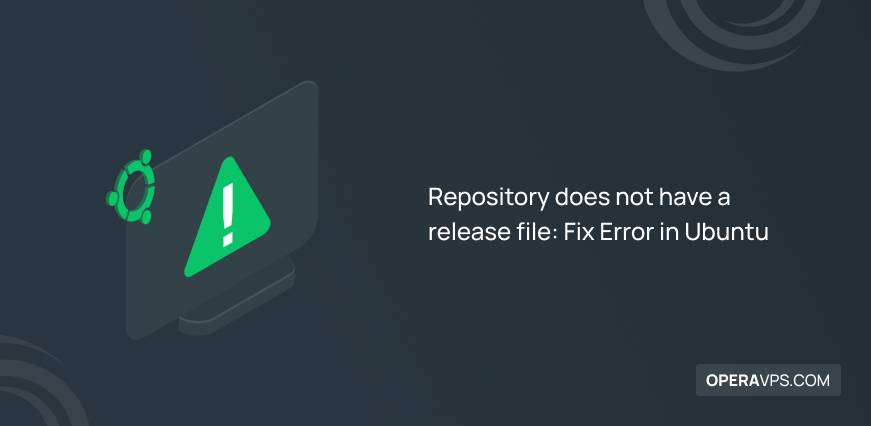
Repository does not have a release file⇒ Fix Error in Ubuntu
Repository does not have a release file” error occurs when the package manager can’t find the repository’s package information. This error can prevent you from successfully installing or updating software on your Ubuntu system. Common causes are: Typos in repository URLs. Outdated repositories. Missing “Release” files. To solve this error, you need to consider the […]
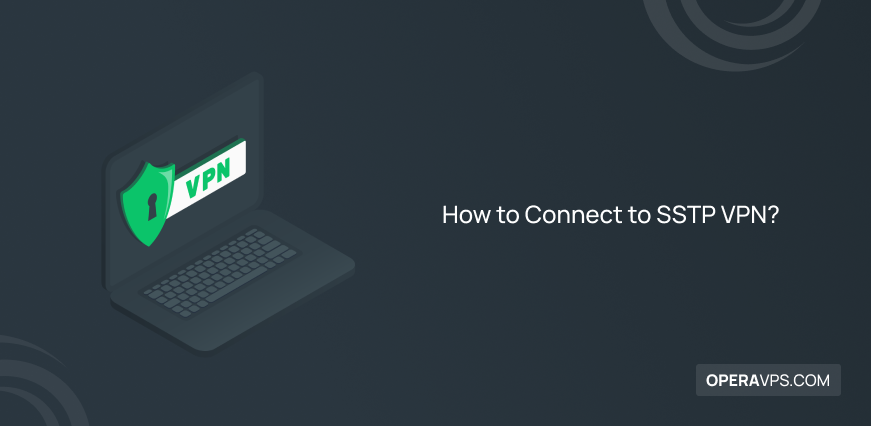
How to Connect to SSTP VPN?
To connect to SSTP VPN on various platforms such as Windows, Linux, macOS, iOS, and Android, First, you need to configure the VPS server as an SSTP VPN server and ensure you have the necessary VPN login credentials and an SSTP VPN server address. Then, since Microsoft developed SSTP, it is built into Windows, and […]
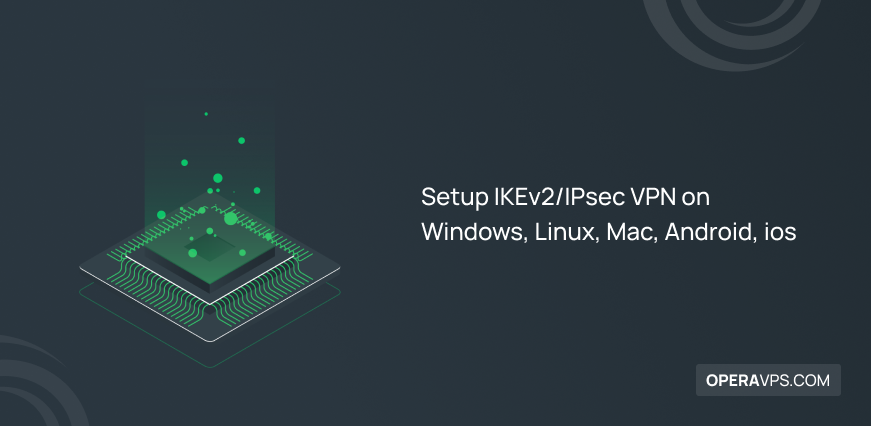
Setup IKEv2/IPsec VPN on Windows, Linux, Mac, Android, ios
Setting up IKEv2/IPsec VPN on various platforms such as Windows, Linux, Mac, and Android involves Configuring VPN on a VPS server, accessing the generated certificate and VPN authentication information, importing the IKEv2 VPN configuration file to the desired device and manually configuring through Network Connections. How to configure IKEv2 VPN client on Windows? After downloading […]
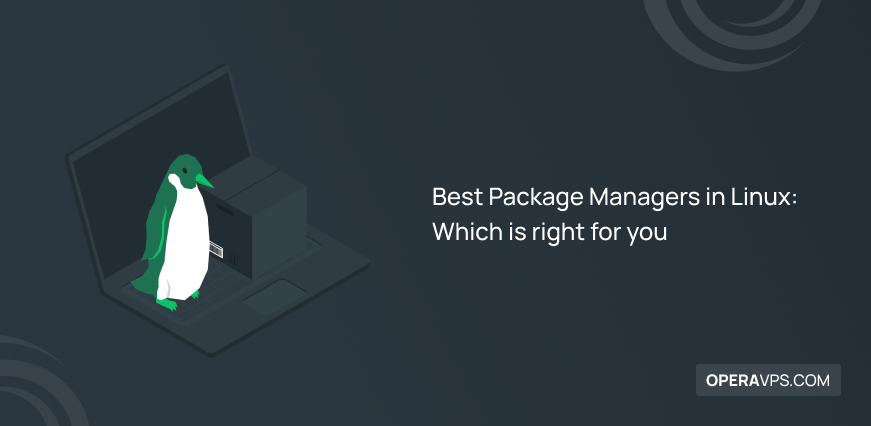
4 Best Package Managers in Linux
Think of a package manager as your personal software librarian. It keeps track of all the software (or “packages”) available for your specific Linux distribution, allowing you to easily Install new software, Remove software or Update software. There are different package managers for linux but the best linux package managers are APT, DNF, Zypper, Pacman, […]
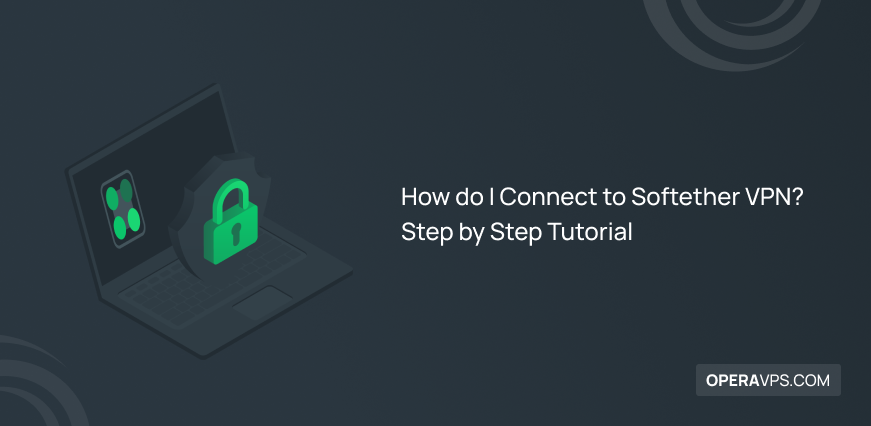
How do I Connect to SoftEther VPN?
To connect to SoftEther VPN on different platforms such as Windows, Linux, Mac, FreeBSD, and Solaris, you need to use a SoftEther VPN Client. It provides secure communication over a network. You can use OpenVPN or L2TP/IPSec on Windows, macOS, Android and ios to connect to a SoftEther VPN server. SoftEher is faster than OpenVPN […]
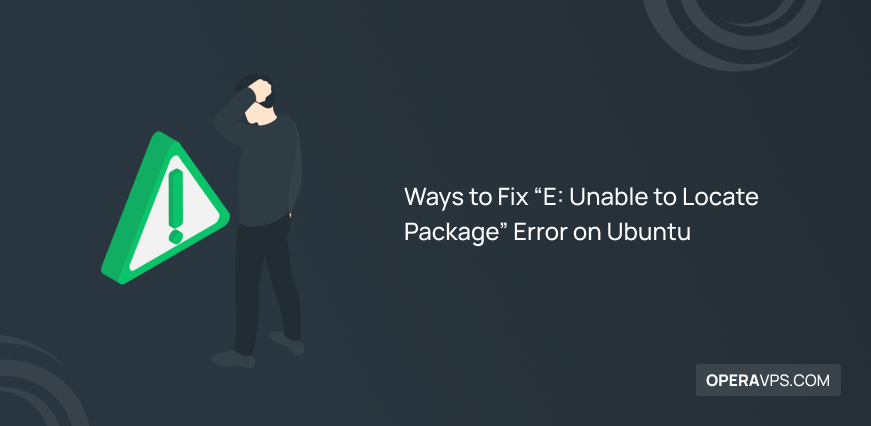
How to Fix “E: Unable to Locate Package” Error on Ubuntu
Sometimes, when installing a new package in an Ubuntu VPS using the apt command mentioned below, you may get the following error: sudo apt-get install package_name Output: Reading package lists… Done Building dependency tree Reading state information… Done E: Unable to locate package package_name
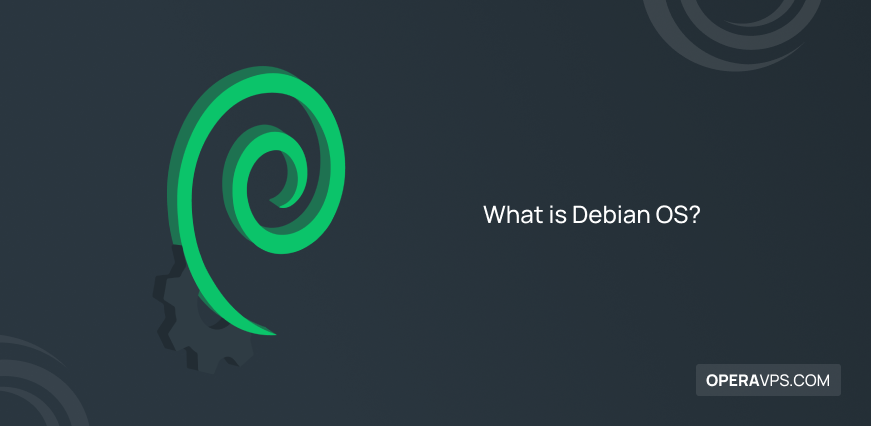
What is Debian OS?
Debian OS Established by Ian Murdock in 1993, Debian stands as one of the most venerable and well-known Linux distributions. It is the basis for many other Linux distributions, such as Ubuntu, Mint, and Kali Linux, because of its exceptional stability and security.

How To Install And Setup WhatsApp Proxy On Linux
Since WhatsApp, the instant messaging application, is restricted in some countries, the Meta company has presented the open-source “WhatsApp Proxy” solution.
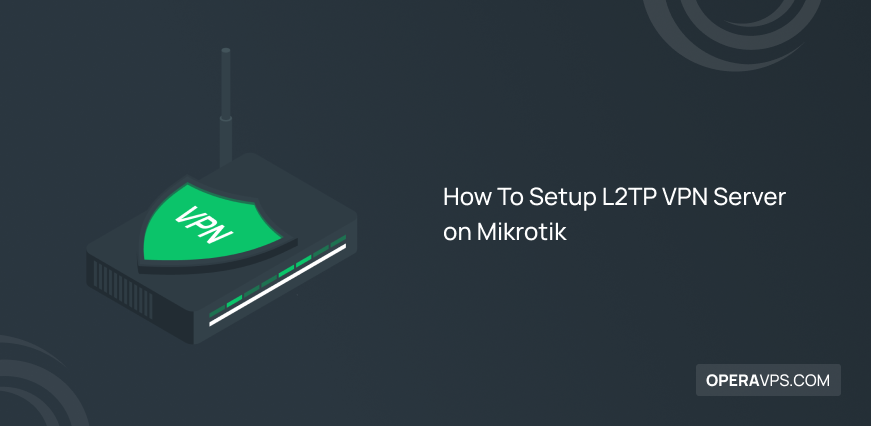
How To Setup L2TP VPN Server on Mikrotik, Linux, Windows
L2TP/IPsec is a built-in VPN protocol on many operating systems and an efficient way to transmit Internet traffic through a VPN tunnel. L2TP, built into many operating systems, creates a secure tunnel for your internet traffic, but it relies on IPsec for encryption. Setup L2TP VPN Server on your operating system offers a good balance […]
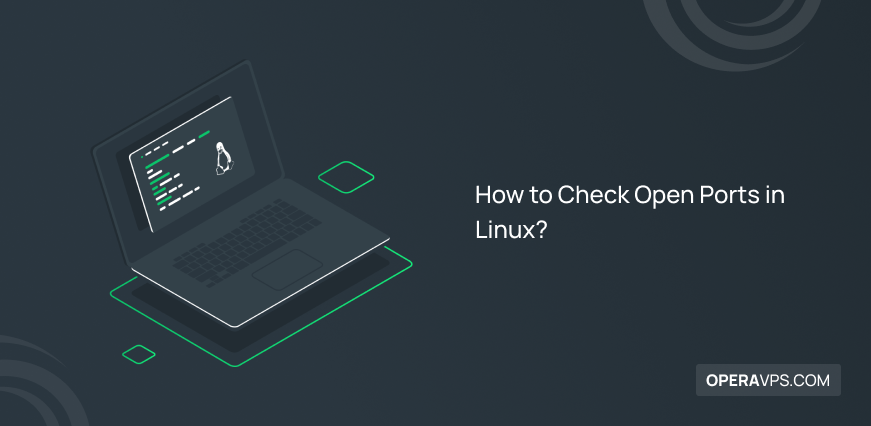
How to Check and Show Open Ports list in Linux?
Linux Server administrators To fix server security issues and keep data safe, need to know which TCP and UDP ports are open in Linux os and distributions like Centos,Ubuntu,RHEL,Debian with use this commands (ss-lsof-netstat-nmap-netcat).
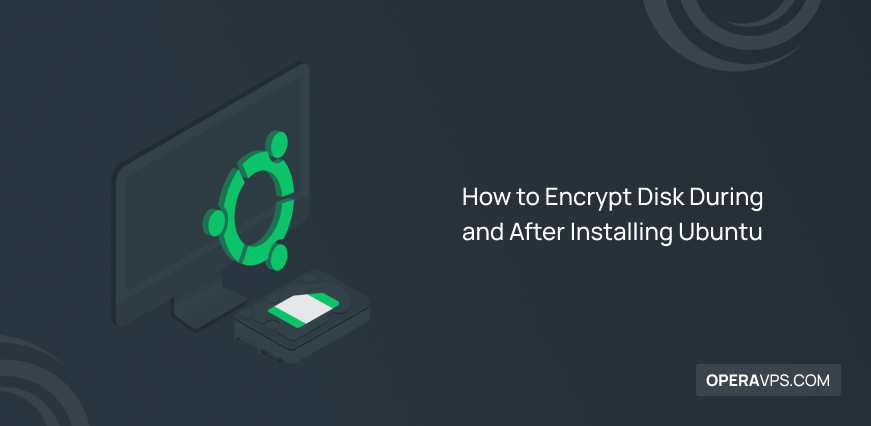
How to Encrypt Disk During and After Installing Ubuntu
In the digital developing world, data security comes first. Sensitive data must be encoded into encrypted to be protected. Encrypt disk in Ubuntu ensures that important data will be saved if the storage fails or is stolen.
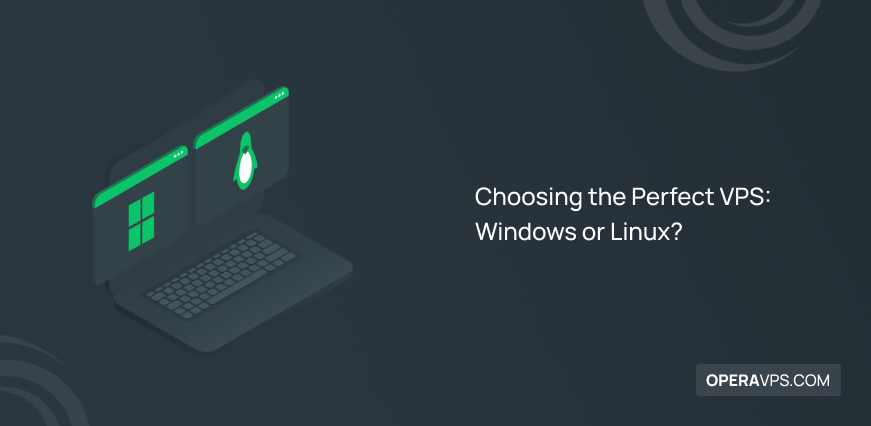
Choosing the Perfect VPS: Windows or Linux?
Today, hosting services play a significant role in the progress of businesses in the online world. Various options are available on the web to meet different needs and preferences. Among them, VPS hosting is one of the most widely used and popular web hosting options for all businesses, from startups to large enterprises. It provides […]
